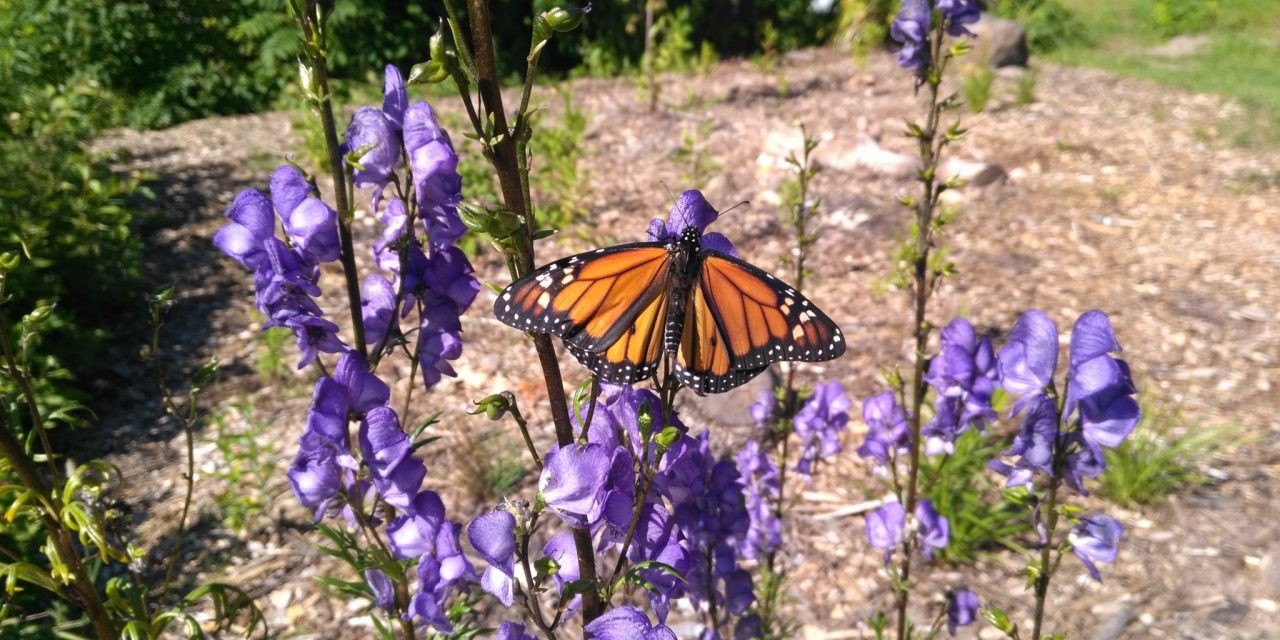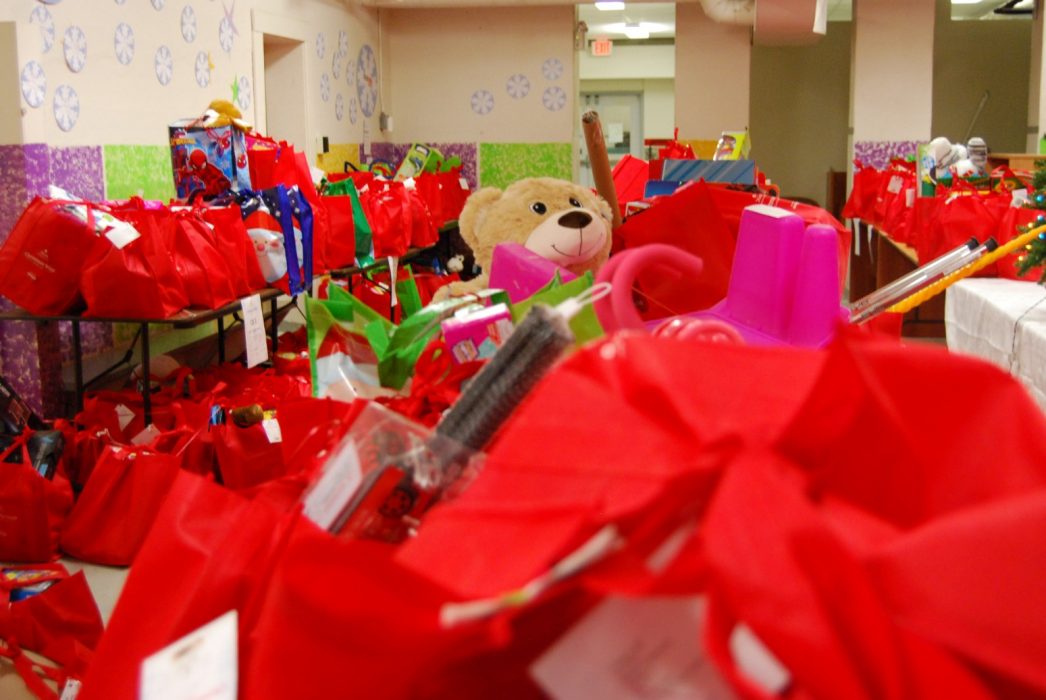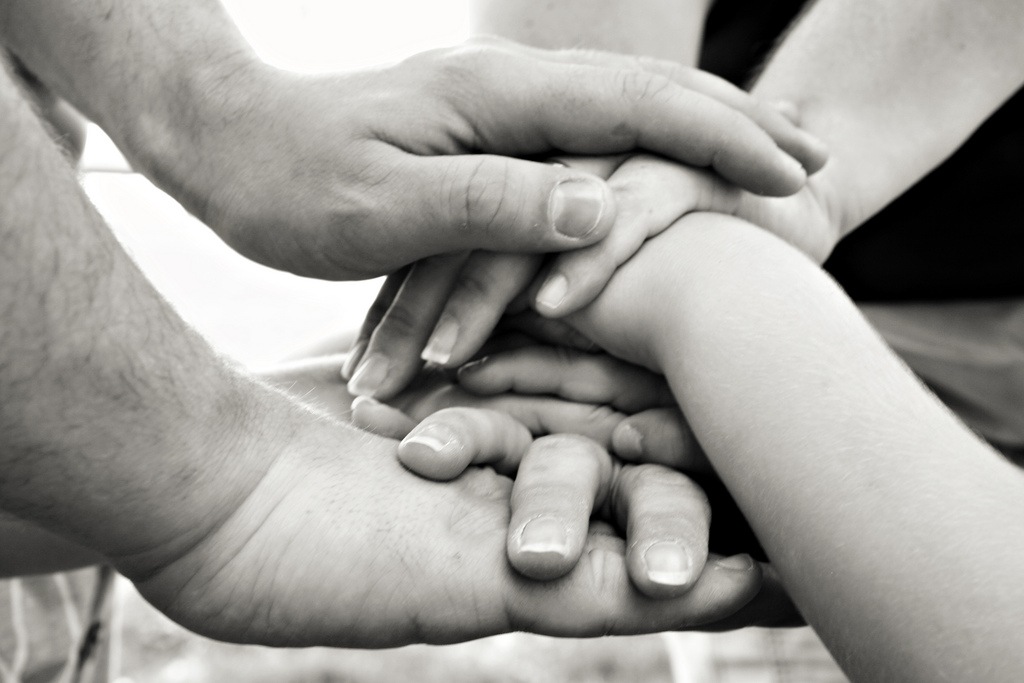Where Monarchs are King
By Bonnie Schiedel
“Monarchs are the cornerstone to build on,” explains Dan Fulton, coordinator of Urban Greenscapes, a volunteer group that works on increasing and upgrading Thunder Bay’s green spaces by cleaning up invasive plants, doing shoreline remediation, and rehabilitating unused land. “If you help monarchs, you’re helping other pollinators. When the insect population goes up, that helps the bird population. You start thinking about not putting chemicals in the water, and planting native plants.”

Monarch butterfly numbers have plummeted in North America, mainly due to loss of habitat and food, earning them a spot on Ontario’s species at risk list. And so, helping monarch butterflies has become one of Urban Greenscape’s most popular projects. Fulton teaches “monarch classes” so people can learn how to grow milkweed and take care of the monarch chrysalises, and sells milkweed seeds at the Spring Home & Garden Show. Why milkweed? Milkweed leaves are the only place where monarch butterflies lay their eggs, and the leaves are the sole food for the caterpillars that hatch from the eggs. In August, there’s what Fulton calls a “foster parent plan,” where he provides a container, milkweed leaves, and five caterpillars, so you can feed the caterpillars, watch over the chrysalises (which are preyed upon by ants and spiders in the wild), and see your butterflies emerge before you release them back outdoors. “It’s a great way to get kids involved,” says Fulton.

Last summer, dozens of Urban Greenscape volunteers took on their biggest project yet and created the Adelaide Monarch Garden near Boulevard Lake. In January 2018, the organization approached the city about a 1,115-square-metre (12,000-square-foot) vacant piece of municipal property at the end of Adelaide Street and got the go-ahead to turn it into an urban green space. Through a process called “back to Eden,” they spread a 30 centimetre (12 inch) layer of wood chips to zap weeds and grass and create a biomass that naturally retains moisture. Next they planted 800 native plants, including 280 swamp milkweed plants, and added stumps, boulders and planted donated trees and bushes. “Two weeks later, the monarchs were laying eggs,” says Fulton. “I couldn’t believe they found the milkweed that fast.” He and his fellow volunteers collected a remarkable 220 caterpillars from the site last summer, which were successfully released back into the wild after they became butterflies. (All together, the group and its “foster parents” raised and released nearly a thousand butterflies last year.)
“People say to me, ‘I don’t know what to do to help the environment.’ I say, ‘come on along with me and we’ll do it together,’” says Fulton.















